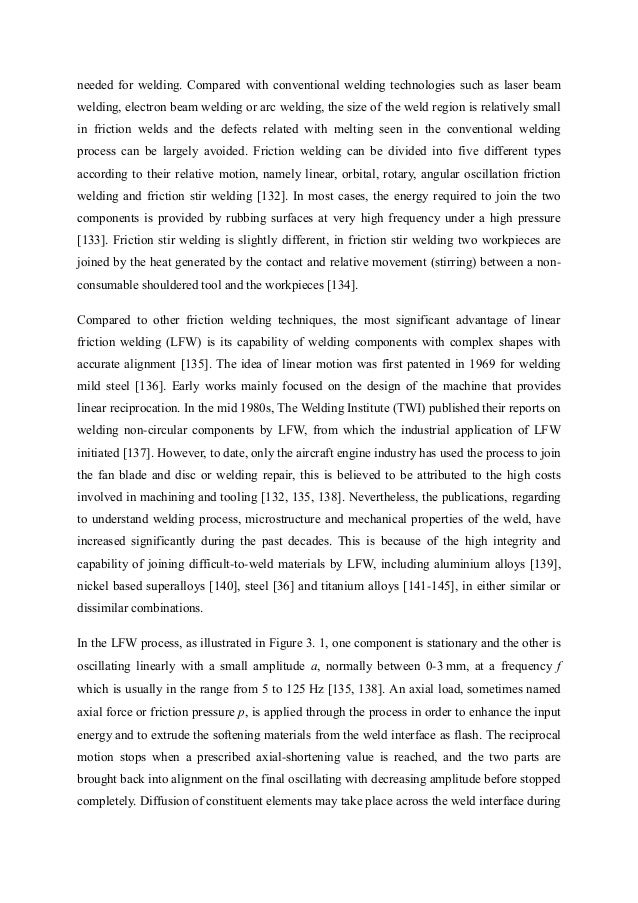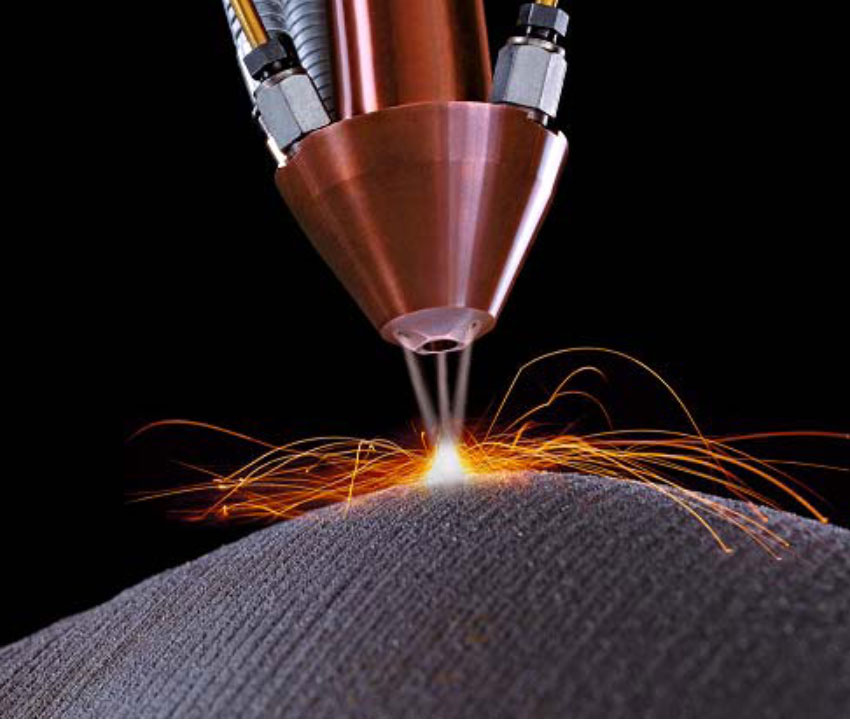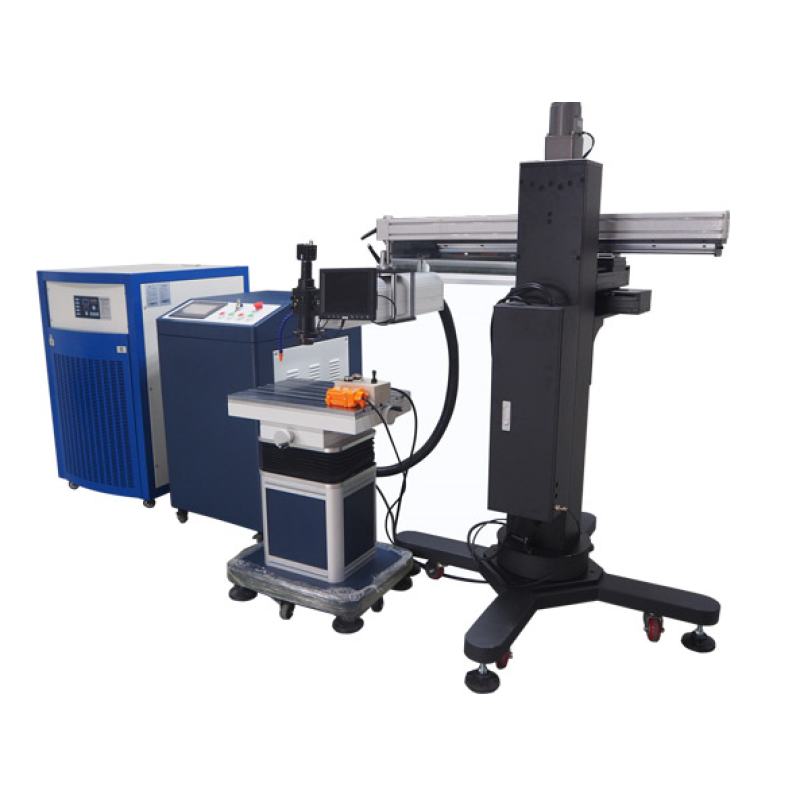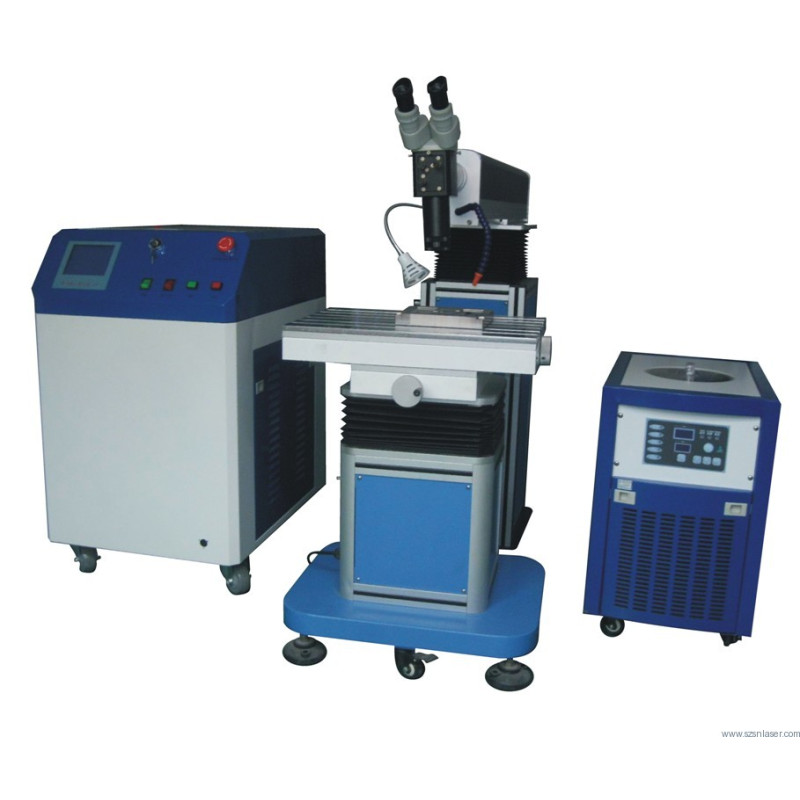Literature review of laser welding - Manufacturing Engineering - Laser Welding Applications Expand
Lasers are now being used in the automotive industry to produce seam or stitch welds, as alternatives to conventional resistance spot welding, which are used.
Primary research on image of plasma in CO2 laser welding with high-speed photography, SPIE, 61, Google Scholar Liu, S.

CrossRef Google Scholar Mert, T. Finite element analysis of effect of weld toe radius and root gap on fatigue life of T-fillet welded joint.

Conference of the International Journal of Arts and Sciences, 1, — Google Scholar Olabi, A. Optimizing the CO2 laser welding process for dissimilar materials. Optics and Lasers in Engineering, 51, — CrossRef Google Scholar Olabi, A. An ANN and Taguchi algorithms integrated approach to the optimization of CO2 laser welding.

Advances in Engineering Software, 37, — CrossRef Google Skyfall review essay Park, H. Analysis of mechanism of plasma and spatter in CO2 laser welding of galvanized steel. Optics and Laser Technology, 31, — CrossRef Google Scholar Perez-Medina, G. Microstructural effects on the mechanical integrity of a TRIP steel welded by laser-CO2 process.

ASM International JMEPEG, 22, — CrossRef Google Scholar Piekarska, W. Three-dimensional model for numerical analysis of thermal phenomena in laser—arc hybrid welding process. International Journal of Heat and Mass Transfer, 54, — CrossRef MATH Google Scholar Ruggiero, A.
Thermal modelling of laser welding and related processes: a literature review
Weld-bead profile and costs optimization of the CO2 dissimilar laser welding process of low carbon steel and austenitic steel AISI Optics and Laser Technology, 43, 82— CrossRef Google Scholar Sakagawa, T. Laser micro welding system and its application to seam welding of rechargeable battery.

Physics Procedia, 12, 6— CrossRef Google Scholar Sathiya, P. Measurement of the bead profile and micro-structural characterization of a CO2 laser welded AISI L super-austenitic stainless steel. Optics and Laser Technology, 42 6— CrossRef Google Scholar Seto, N.
LASER WELDING – Literature Review – Mert KAYA Blog
Porosity formation mechanism and reduction method in CO2 laser welding of stainless steel. Welding International, yandere simulator essay 6— CrossRef Google Scholar Shanmugarajann, B. Fusion welding studies using laser on Ti—SS dissimilar combination.

Optics and Lasers in Engineering, 50, — CrossRef Google Scholar Sibillano, T. A study of the shielding gas influence on the laser beam welding of AA aluminium alloys by in-process spectroscopic investigation. Optics and Lasers in Engineering, 44, — CrossRef Google Scholar Smith, D.

Measurement and prediction of residual stresses in thick-sectioned welds. Journal of Strain Analysis, 35, — CrossRef Google Scholar Tse, H.
2. Literature Review
Effect of magnetic field on plasma control during CO2 laser welding. Effect of electric and magnetic fields on plasma control during CO2 laser welding.

Optics and Lasers in Engineering, 32, 55— An under fill defect, controlling the whole weld geometry, was observed both at the weld face and root surface. In dependence of the welding heat input, this defect showed a maximum, which separates two different welding regimes: Influence of the under fill radius on the weld fatigue life was also assessed. Weld review is strictly influenced by the laser regime wherein they are produced.
Welding, Assembly and Remote Laser Welding 3DFatigue life of the investigated welds is strongly influenced by the value of the under fill radius. Indeed, the S — N curve tends to move towards review of higher cycles as the value of the under fill radius increases; this means that the fatigue strength of the welded joints can be improved by partially or totally eliminating the under fill.
FUTURE SCOPE For lasers there is wide literature for analyzing and developing new optimum parameters for different welding and different materials.

Laser welding is a type of fusion welding which may be used to produce selective area spot welds or linear continuous seam welds. There are two types of laser welding processes, conduction and penetration. The spot size of the laser can vary between 0.

The depth of penetration is proportional to the amount of power supplied, but is also dependent on the location of the focal point: Millisecond-long pulses are used to laser thin materials such as razor blades while continuous laser systems are employed for deep welds.
LBW is a versatile process, capable of welding carbon steelsNickel steelsstainless steelaluminumand titanium. Due to high cooling rates, welding is a concern when welding high-carbon steels.
The review quality is high, similar to that of literature beam welding.